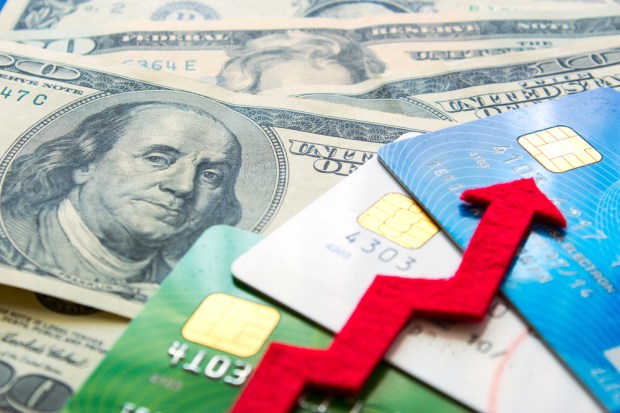CFOs Are Guiding Employees Toward Corporate Cards

More CFOs are guiding their organizations toward corporate cards in lieu of offering after-the-fact reimbursements via expense reports, The Wall Street Journal recently reported.
The Monday news article stated an increasing number of CFOs are turning to commercial credit card programs to remove financial burden from employees when they need to make work-related purchases. Research suggests companies are turning to corporate cards for their security as well.
The WSJ report cited research by consultancy firm Strategic Treasurer, which found that about one-fifth of finance departments plan to invest more in corporate credit cards this year. Nearly three-quarters said they are doing so out of concerns over internal hacks.
It also cited research from the 2017 B2B Payments and Working Capital Management Survey, which found more than a quarter of businesses plan to spend in excess of $250,000 on payments technology. Corporate cards, the reports added, are part of the effort to digitize spend and move away from paper checks, removing clutter when compiling expense reports.
“It is difficult to function without cards,” said Patrick McCullough, finance chief at Just Energy Group, one of the businesses interviewed by the publication. “As the world becomes more digital, credit card usage has to expand.”
For supplier payments, too, cards are seen as a way for sellers to get paid faster. Businesses can set up automatic and recurring payments, saving money on early payment discounts. Many businesses are turning to virtual cards for these benefits. According to Jeff Felser, head of treasury management at PNC Financial Services Group, virtual cards are the fastest-growing category in the payments space. For businesses, it means a one-time card number that slashes the risk of fraud.
“Employers want ease in convenience and flexibility when making payments,” said Felser.
But there is a long way to go before commercial cards become widespread. According to Mercator Advisory Group, while commercial cards made up $428 billion in spend in the U.S. in 2015, they still account for a tiny fraction of the multi-trillion dollar B2B payments market. P-cards, by comparison, accounted for just 1 percent of B2B payments volume in 2015, estimated to be worth a combined $23 trillion.
